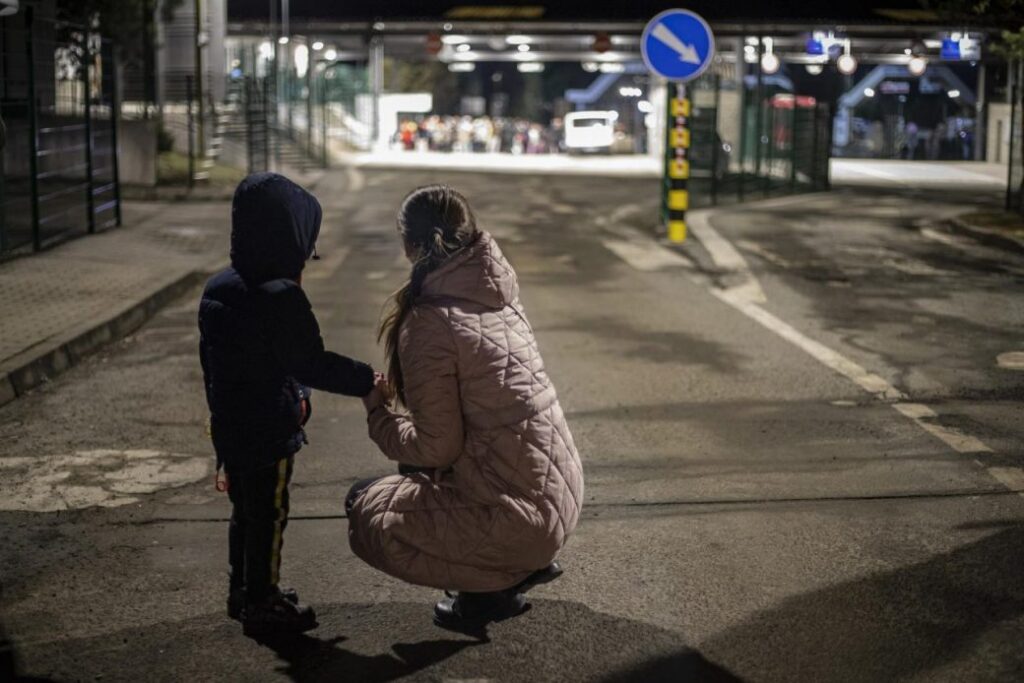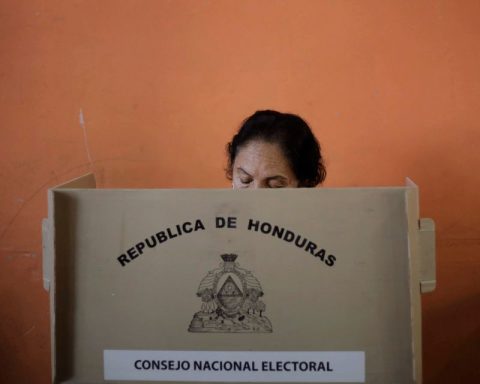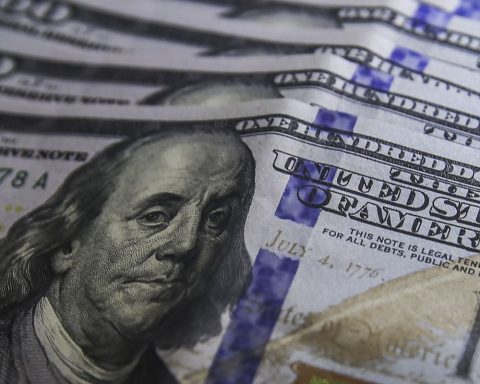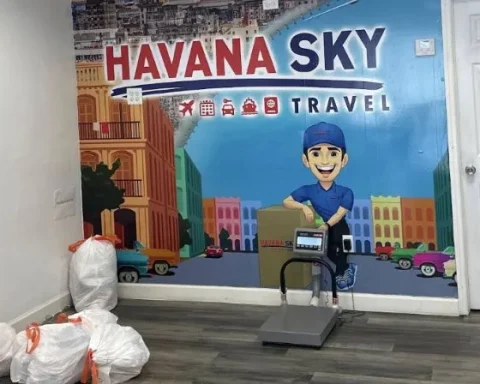Amid high inflation consumers transform their habits and go after efficient purchases that, beyond savings, represents them low outlays.
(Inflation weighed on consumer confidence in January).
This is one of the conclusions of the Consumer Insights Q4 2021 study by the Kantar firm that shows the challenges that brands have to serve their customers at the current situation.
With its household panel methodology, it analyzed the purchases of 6,000 families, monitoring their purchases of 90 products. This basic basket of the shopping cart includes food, beverages, personal hygiene, personal care, housekeeping, pets, fresh and OTC.
Juan Caro, Commercial Director of Kantar Worldpanel division, says that at the end of 2021 tickets will begin to rise significantly due to price effects and that is how people have to go out and pay more because prices increase.
Among all the products that Kantar measures, it is estimated that food, fresh, beverages and dairy is 80% of household spendingrso when they increase, even above inflation, that will generate price pressure and volume losses.
In this sense, it is detected that 70% of the categories that increased prices to double digits (more than 10%), were affected in volume in the short term.
(This is how food prices have varied in a year).
“What we see from Kantar is that on average, for every 1% increase in the price of products, there is a decrease of approximately 0.34% in volume. It is an important point to bear in mind because in the short term we will surely see impacts on decreased volume and people buy less”, Juan Caro. And he adds that “Today manufacturers must take into account that there are different ranges of spending that buyers are willing to make in each of the channels and that they have to adjust to these expenses with content or packaging strategies that allow them to approach those levels.”.
BASKET PERFORMANCE
According to Kantar, today the main spending channel for households iss discount stores, as a reaction to increases in the situation. The mini-market and the neighborhood store are the next shopping places, which is a sign of recovery of convenience and proximity.
Under this reality, people are surely not only looking for low prices, but low outlays. In these formats are offered smaller presentations and content with which they can achieve that goal.
(Business Confidence Index decreased in January).
Kantar’s analysis defines that each household has a purchase mission. One is the pantry that includes making 10 items or more in a shopping trip. There is the replenishment mission (from 6 to 9 items), followed by the proximity mission (between three and six items), and the quick purchase mission (1 to 3 items in the purchase trip and a low ticket).
Caro explains that 27% of household spending in Colombia goes to pantry shopping ($63,981), 40% in replacement ($28,608), 28% in proximity ($14,605) and 5% in quick purchase ($3,603).
For example, a consumer prefers to go to supermarkets to make grocery and replenishment purchases.
“For brands it is key to know the total outlay to know what opportunities their products have,” Caro highlights.
For example, in a neighborhood store about half of the cost is located in purchases between $1,000 and $4,000. Between $7,000 and $8,000 only 5% of spending in stores is located. In large stores, 27 to 28% of purchases are in the range of $1,000 to $4,000.
Kantar also made a measurement to identify of everything that is bought in the channels what percentage people spend on items that have prices that go up to $20,000 or more.
And there it was found that, in general, the 15% of the expense is destined to buy items greater than $20,000, while 14% are between $13,000 and $20,000. Another 17% of the purchase goes to products that are between $8,000 to $13,000. The same percentage is for products whose average unit price is between $4,500 and $8,000, as well as for those between $2,500 and $4,500. (See attached graph).
Particularly, of everything that is disbursed in the traditional channel, 35% of the expense is put on items that have average unit prices of up to $2,500.
Another fact revealed by the report is that “only 15% of paid tickets are in a range greater than $24,000”, while detecting more spaced purchases.
Kantar makes its forecasts for the coming months taking as a reference what happened in 2015, when the country also experienced high inflation.
He estimates that the first half of the year will be much more complex and the buyer will seek to adapt to the inflation scenario prioritizing essential baskets in food, personal hygiene and household hygiene and, on the other hand, deprioritizes some products in beauty and beverages.
Likewise, look for cheaper options by volume and, along the same lines, buy smaller sizes in products that are a priority for us. This will also imply that the purchase frequency is spaced out. Stability is expected for the second semester.
BRIEFCASE


















